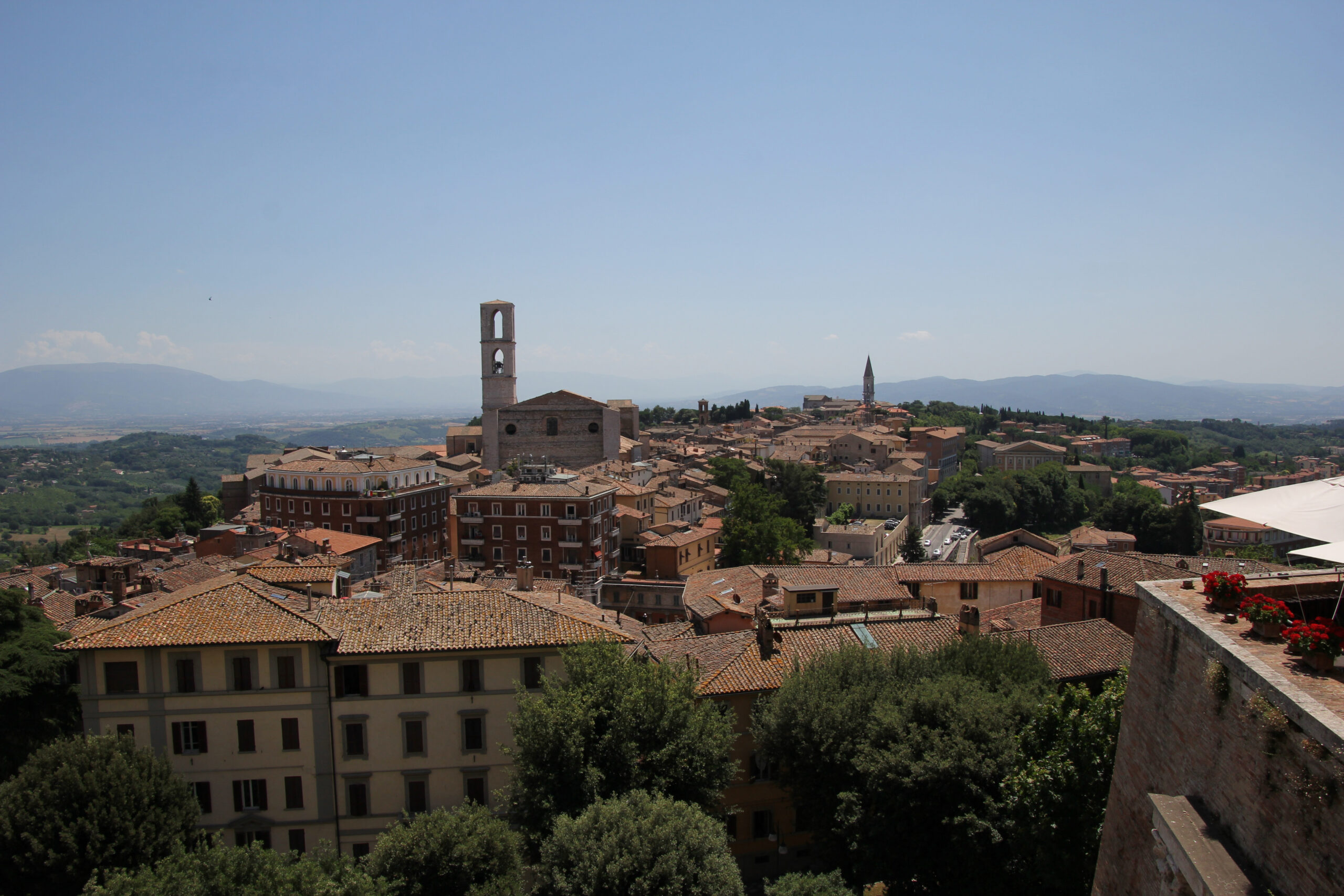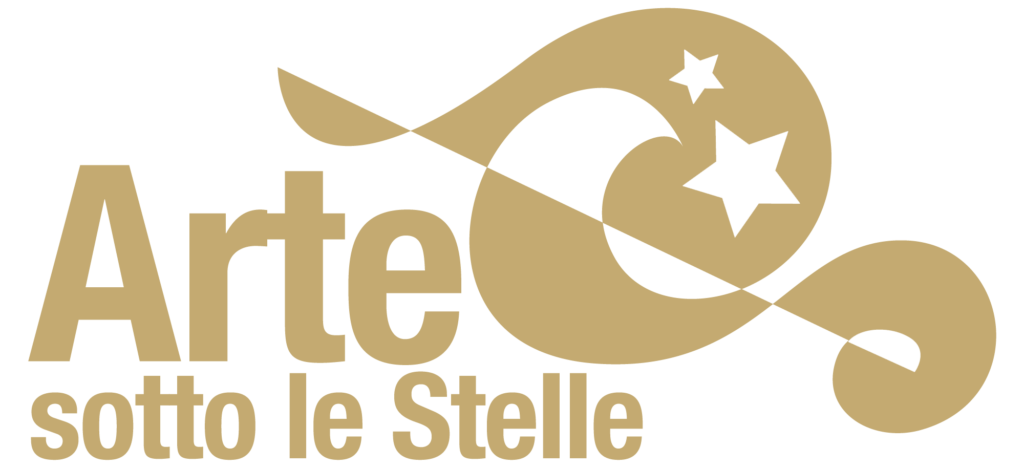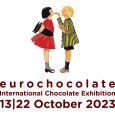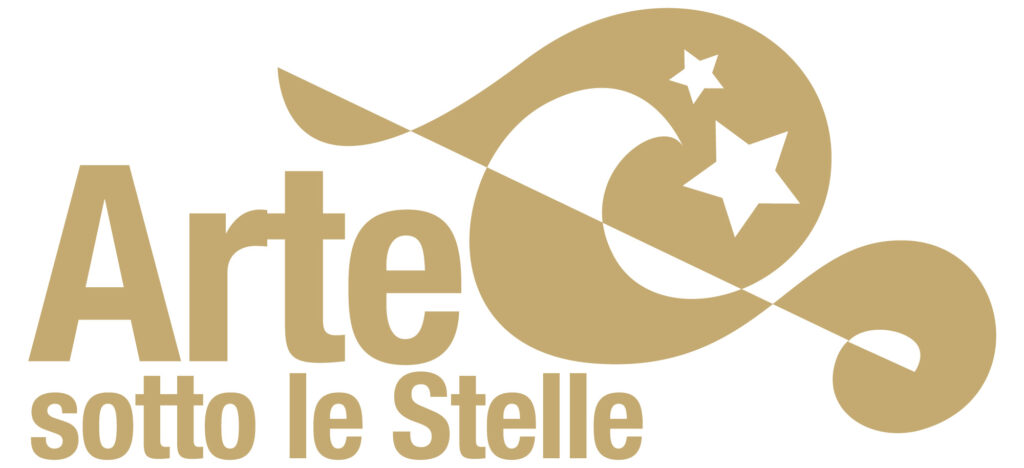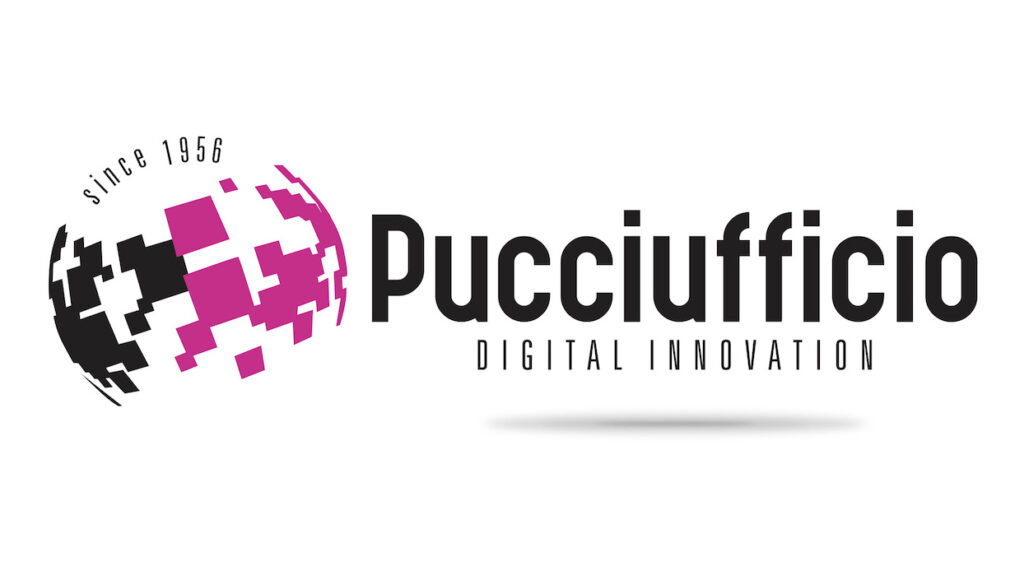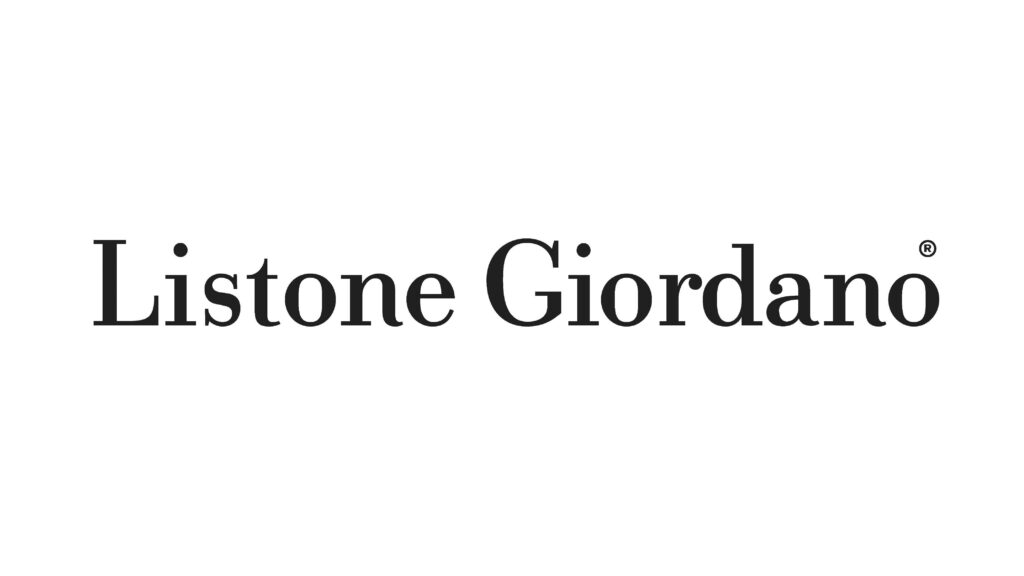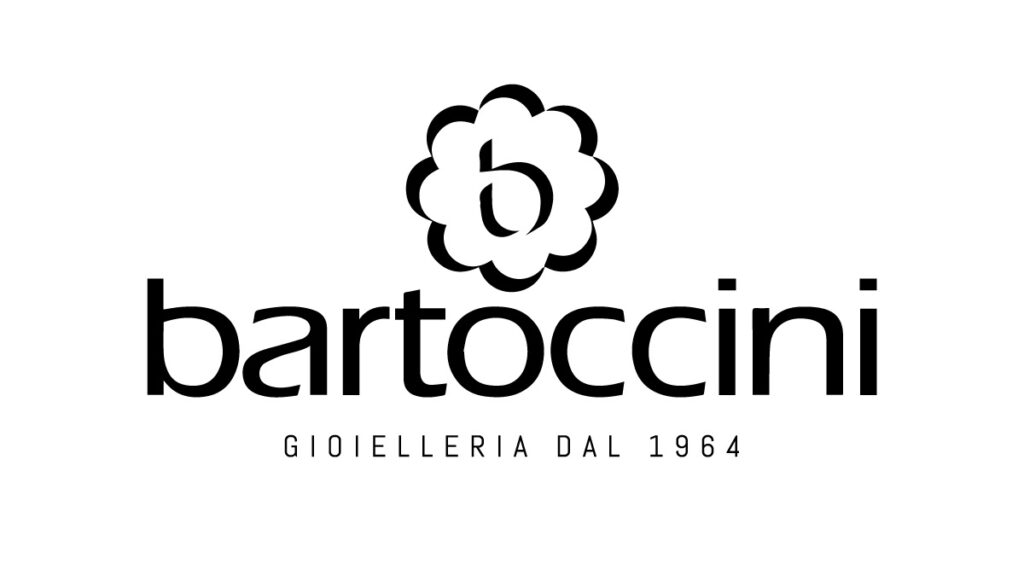Comune di Perugia
Fiorente Comune sin dal medioevo, come testimoniano il Palazzo dei Priori, la Fontana maggiore e luoghi di culto monumentali di cui oggi rimane traccia, raffinata cittadina emblema della ricca famiglia Baglioni che ivi aveva edificato meravigliosi palazzi nel Rinascimento, Perugia mostra l’incisivo dominio dello Stato Pontificio attraverso l’imponente Rocca Paolina, costruita a partire dal 1540, di cui oggi rimane solo una parte, perlopiù sotterranea. Nel XVI secolo la città vede anche l’attività artistica di due dei grandi maestri italiani di quel tempo, Perugino e Raffaello Sanzio.
Sede di famiglie nobili e borghesi estremamente rilevanti per il corso dei fatti storici locali, come i Della Staffa, i Ranieri di Sorbello, gli Ansidei, Maria Bonaparte Valentini, nonché gli Spagnoli, il tessuto urbano mostra notevoli edifici costruiti in epoca post-unitaria e l’esistenza di fabbriche che hanno dato lustro alla città nel mondo, come la prima sede della Perugina e quella dell’Ellesse.
Ritenuta capitale del cioccolato, Perugia ospita ogni anno l’evento dedicato, chiamato Eurochocolate; la presenza dell’arte contemporanea è simboleggiata da artisti quali Alberto Burri e Joseph Beuys, mentre la vocazione per altri aspetti della cultura nazionale ed estera è concretizzata in manifestazioni come Umbria Jazz e il Festival Internazionale del Giornalismo.
